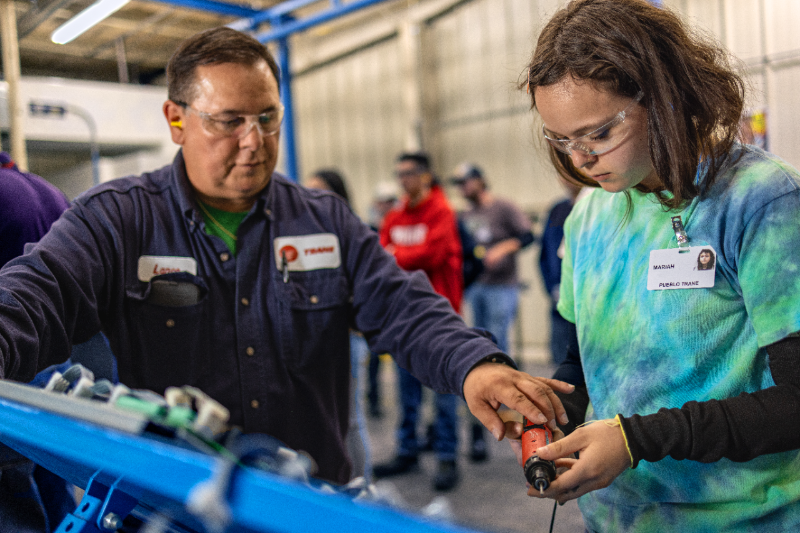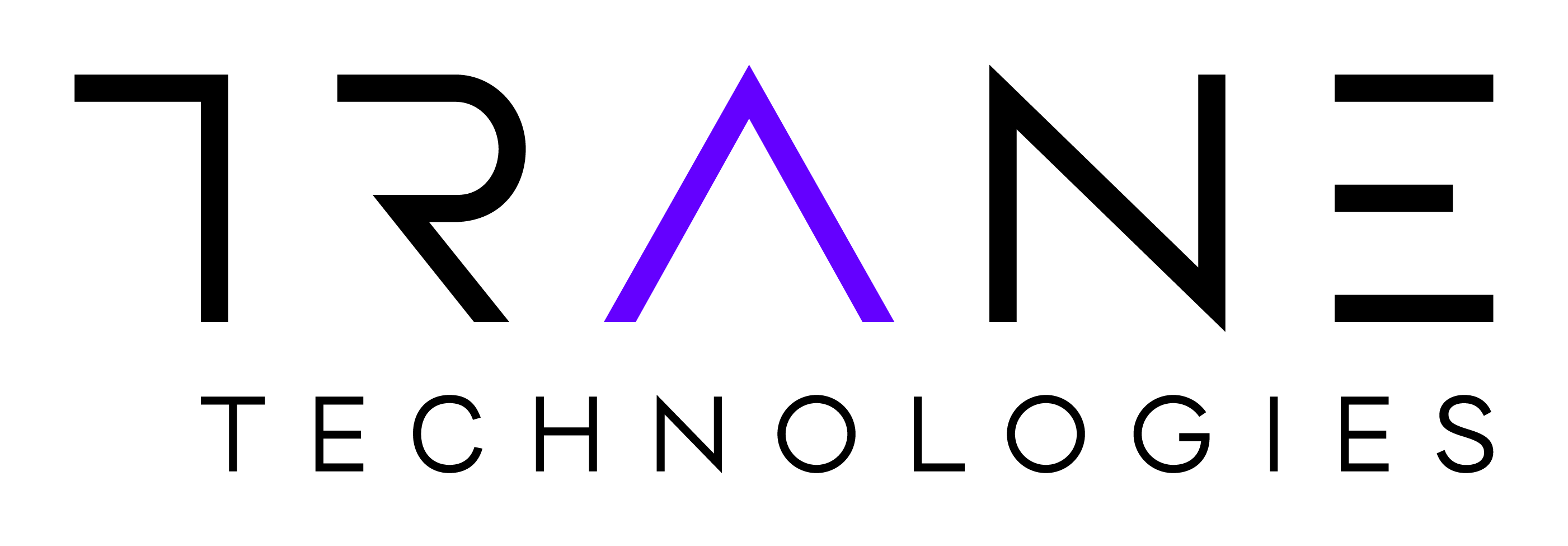Trane Technologies Invests in Its Employee’s Future With Tuition Advancement Program
Enhanced program will provide tuition payment in advance and expand to include technical certifications for eligible North American employees

Trane Technologies Invests in Its Employee’s Future With Tuition Advancement Pr…
It’s long been said that manufacturing is the lifeblood of any economy. Today, that notion still rings true: According to Q1 2022 data, manufacturers contribute more than $2.77 trillion to the U.S. economy and employs 12 million people across the nation.
While the financial impact of manufacturing is at an all-time high, the manufacturing workforce remains at risk. In the U.S. alone, there are approximately 834,000 manufacturing job openings as of July 2022 – well above pre-pandemic levels. And although 4 million manufacturing jobs will likely be needed in the next decade, 2.1 million are expected to go unfilled if individuals are not inspired to pursue a career.
It's a workforce reality that the manufacturing world is all too familiar with - supply and demand. And it’s not just limited to manufacturing: sectors directly impacted by the pandemic around the world, including hospitality, leisure and retail, continue to experience the highest quit rates, leaving big gaps in the availability of hourly workers.
For companies to sustain innovation, build resiliency, and keep customers happy, they need to think about what matters most to production-oriented employees – and create opportunities to meet them where they are in their career journey and life outside the workplace. This starts first with listening.
In North America, we conducted in-person listening sessions with our production employees throughout 2022 to understand why they came to our company, why they stay and what we should be doing differently. This information helped us understand what truly incentivizes employees in our manufacturing environment to select an employer. Key drivers included the expected, such as competitive compensation and medical benefits, as well as the not-so-obvious attributes, such as a second chance for individuals who have been out of the workforce to get back into a job, and a career.
From listening to action and attraction
We are now transitioning from listening to meaningful action. This includes revisioning how we attract hourly employees and determining how we can expand our benefits and learning opportunities to create even more value for this critical workforce.
In fact, to help employees with their continuing education, we recently transitioned our tuition reimbursement benefit into a tuition advancement program for our eligible North American employees. Providing tuition payment in advance is intended to ease their financial impact so they can continue to support themselves and their families while they invest in their future. We’re also expanding our tuition program to include technical trade certifications so we can inspire even more employees to pursue roles in manufacturing and skilled trades.
The war for hourly talent is real. And that talent gap will only increase if companies ignore what matters to employees, especially as what matters continues to evolve.
But if companies use this as an opportunity to rethink how they support hourly employees, whether tuition support, competitive wages or new forms of flexibility, they can raise the bar to create a fairer playing field overall, including attracting more diverse talent that has traditionally shied away from roles in manufacturing operations because of caregiving demands at home. This gives companies a better shot at keeping employees, and employee’s better pathways for a rewarding career, even if the pathway is not always linear.
If manufacturing is the lifeblood of our economy and company, we need to keep manufacturing employees at the heart at every stage of their career journey – from attraction to development to retention.
It’s only when we invest in everyone that everyone can thrive.

